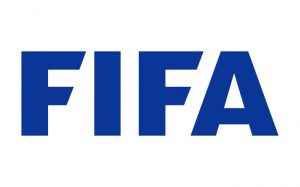
What has happened in the four years since the strategy for women’s football was introduced? In general terms, the growth of women’s football has accelerated across the globe.
Despite the impact of COVID-19, FIFA successfully launched development programmes for women’s football. To date, 144 member associations have a strategy for women’s football, while 244 programmes have been carried out, benefitting 88 member associations.
The positive upswing is also reflected in the current FIFA/Coca-Cola Women’s World Ranking, where 185 nations were listed in the August 2022 edition – more than ever before. By way of contrast, 147 women’s national teams were ranked in September 2018.
The upcoming 2023 FIFA Women’s World Cup, which will be held in Australia and New Zealand from July 20 to August 20, is venturing into new dimensions.
It will be first tournament edition to have 32 participating teams jostling for supremacy across 64 matches, and also the first to be hosted by two member associations from two different confederations in the Asia-Pacific region.
“The core purpose of the FIFA Women’s World Cup is to showcase women’s talent,” said Sarai Bareman, FIFA’s Chief Women’s Football Officer at the official launch of the emblem: “Everything we’re trying to achieve for women in football and women in society will be on display for the world to see in Australia and New Zealand.
“It’s a movement and we want everyone to be part of it. You’re going to see an amazing display of the best athletes in the world, two beautiful countries, and two amazing cultures. It’s unique. It’s unlike anything you’ve seen before. Get behind it!”
